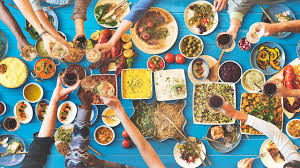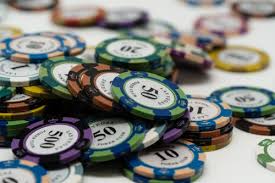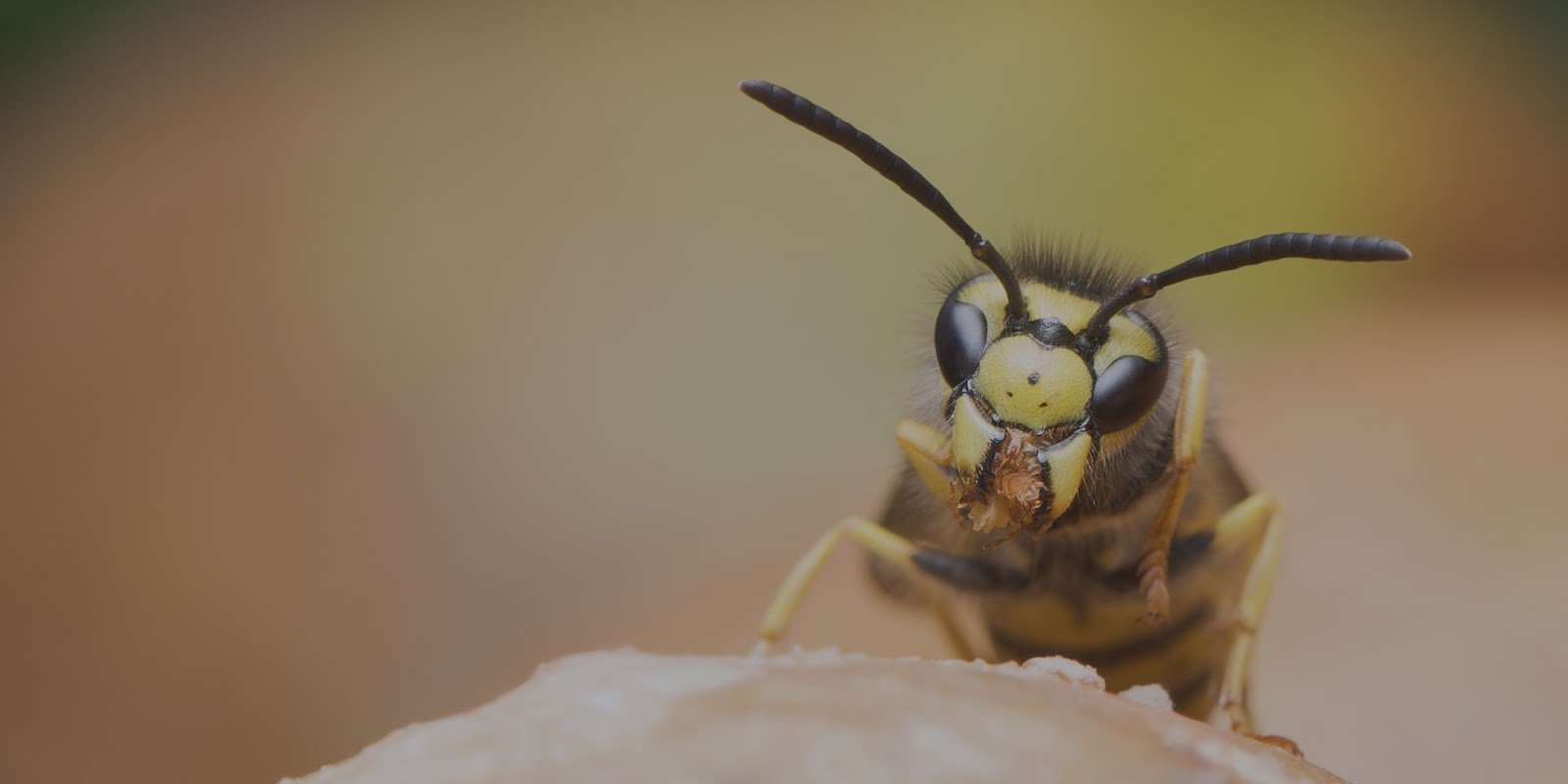Food is more than just fuel for our bodies. It’s an essential part of our culture, identity, history, and community. From family dinners to festive feasts, the dishes we create and share connect us to one another and to generations past. This connection is most deeply felt through exploring foods and recipes, which carry the traditions, innovations, and flavors of countless cultures around the world.
In this article, we’ll take a journey through the rich tapestry of global cuisine, the role of food in health and wellness, the creativity involved in cooking, and why learning to prepare your own meals is one of the most rewarding skills anyone can develop.
The Cultural Significance of Food
Food as Identity
Every culture expresses its identity through food. Whether it’s Italy’s love for pasta, India’s deep-rooted spice blends, or Japan’s artistic sushi traditions, dishes tell stories about people, geography, climate, and history. When you explore foods and recipes from other cultures, you don’t just discover new tastes—you open a window into different ways of life.Tasty Bites & Healthy Meals – Discover Recipes at The-BaddieHub.com
Family Traditions and Recipes
Many families pass down treasured recipes through generations. A grandmother’s stew or a father’s weekend barbecue might carry more than just flavor; it holds memories and shared moments. Cooking these dishes again brings back the smells, tastes, and emotions of cherished times. Check it out. In this way, recipes become family heirlooms—preserving heritage in the most delicious way.
The Art and Science of Cooking
The Role of Ingredients
At its heart, cooking is both an art and a science. Understanding ingredients—where they come from, how they interact, and how to prepare them—lays the foundation for exceptional cooking. Every culture has developed its own methods for combining grains, proteins, fats, herbs, and spices to achieve unique textures and flavors.
Fresh ingredients usually yield the best results. Seasonal vegetables, locally sourced meats, and organic herbs not only enhance taste but also offer better nutrition and sustainability.
Techniques That Make a Difference
From sautéing and roasting to fermenting and slow-cooking, techniques matter. A change in temperature, cooking method, or sequence of steps can transform a dish completely. For example, caramelizing onions brings out their natural sweetness, while boiling them leaves a different taste profile. Mastering these techniques is like learning the brushstrokes of a painting.
Exploring Global Cuisines
Asia
Asian cuisine is incredibly diverse. Chinese stir-fries, Thai curries, Vietnamese pho, and Korean kimchi all showcase the region’s rich culinary heritage. Rice and noodles dominate the staples, while soy, ginger, garlic, and chili add layers of flavor.
Europe
From the hearty meat-and-potato dishes of Eastern Europe to the refined sauces of France and the Mediterranean simplicity of Greece, European cuisines range from rustic to elegant. Pasta, bread, and cheese feature heavily, along with wine pairings and baked desserts.
Middle East and Africa
The Middle East brings us dishes like hummus, shawarma, and falafel, often rich with olive oil, lemon, tahini, and spices like sumac and za’atar. In Africa, bold stews, couscous, and dishes like jollof rice or injera bread offer deeply flavorful, comforting meals rooted in communal eating.
The Americas
In the Americas, foods range from spicy Mexican tacos and tamales to classic American comfort food like burgers and apple pie. Latin America also offers delights like empanadas, ceviche, and arepas, while Southern cuisine in the U.S. includes soul food staples like fried chicken and collard greens.
Foods and Recipes in Everyday Life
Incorporating diverse foods and recipes into your lifestyle is more than just a trend—it’s a way to enrich your meals and broaden your culinary knowledge.
Why Home Cooking Matters
Cooking at home gives you control over what you eat. You decide the ingredients, the portions, and the method. It’s healthier, often cheaper, and definitely more rewarding than relying on takeout or processed foods. Preparing meals from scratch gives a sense of accomplishment and brings families and roommates together.
Planning Your Meals
Weekly meal planning can simplify your life and reduce food waste. Start by choosing recipes you’re excited about, based on what’s in season or on sale. Consider a balance of proteins, carbohydrates, and vegetables, and prep ingredients ahead to make weekday cooking easier.
Cooking as a Creative Outlet
Cooking is an expressive art form that doesn’t require professional training. Experimenting with herbs, sauces, and presentation can be incredibly fulfilling. Some people paint with oils, others create with food.
Fusion Cuisine and Innovation
Mixing flavors and techniques from different cultures leads to exciting fusion dishes—think Korean tacos, sushi burritos, or Mediterranean-inspired pizzas. This blend of tradition and innovation reflects how our global society continues to evolve.
Presentation Matters
A beautifully plated dish enhances the experience. You eat with your eyes first. Whether you’re hosting a dinner party or making a weekday lunch, putting thought into how your meal looks on the plate can make it more enjoyable and special.
The Role of Food in Health and Wellness
Nutritional Awareness
Modern diets often lack variety and essential nutrients. By embracing a wide range of foods and recipes, you naturally introduce better nutrition into your diet. Whole grains, colorful vegetables, lean proteins, and healthy fats contribute to energy, immunity, and longevity.
Food as Medicine
Cultures have long believed in the healing powers of certain foods—like turmeric for inflammation, ginger for digestion, and garlic for immunity. Today, nutrition science backs up many of these claims. Food really can be medicine, and cooking thoughtfully is an investment in your long-term health.
Mindful Eating
Taking time to cook and enjoy a meal without distractions supports digestion and satisfaction. When you slow down to appreciate flavors, textures, and aromas, you also develop a healthier relationship with food.
Adapting Recipes for Dietary Needs
Everyone’s dietary preferences and restrictions differ. Thankfully, many traditional and modern recipes can be adapted to suit various needs—whether you’re vegan, gluten-free, keto, or simply trying to reduce sugar or salt intake.
Substituting Ingredients
Using almond flour instead of wheat, coconut milk instead of cream, or tofu in place of meat can allow people with allergies or preferences to still enjoy flavorful dishes.
Exploring Plant-Based Options
Even meat-eaters benefit from incorporating more plant-based meals. Lentils, beans, nuts, seeds, and vegetables can provide satisfying, protein-rich meals that support heart and digestive health.
Getting Kids Involved in the Kitchen
Cooking with children builds life skills and encourages healthy eating. Kids who help cook are more likely to try new foods and understand nutrition. Start with simple, fun recipes like smoothies, homemade pizza, or fruit kabobs.
Benefits of Cooking Together
- Builds confidence and responsibility
- Teaches math and science through measurements and reactions
- Strengthens family bonds
Plus, it creates lifelong memories that they’ll cherish—and perhaps pass on one day.
Tips for Growing Your Recipe Collection
- Start with the Basics: Master simple recipes like omelets, stir-fries, and soups before tackling complex dishes.
- Use Reliable Sources: Cookbooks, food blogs, and video tutorials are great resources—choose ones with detailed instructions and photos.
- Keep a Food Journal: Document what you cook, what you liked, and what you’d change. Over time, you’ll develop a repertoire of go-to dishes.
- Ask Family and Friends: Some of the best recipes aren’t found online—they’re handwritten in notebooks passed through generations.
Conclusion: Cooking is Connection
In a fast-paced world, food remains one of the few ways we slow down, come together, and find joy. Exploring foods and recipes is more than a culinary adventure—it’s a journey of self-expression, cultural appreciation, wellness, and creativity.
Whether you’re perfecting a centuries-old stew or inventing your own smoothie bowl, cooking is an act of love. It connects you to your heritage, your health, your community, and the present moment.
So the next time you’re in the kitchen, remember: every ingredient has a story, and every recipe is a chance to create something meaningful.
Happy cooking!













